Nothing can be more frustrating to a consumer than purchasing the wrong product. The thought of wasting money on a product that is probably never going to be useful can be shuddering. That is why it is essential to conduct your due diligence on any product before purchasing any product, especially an electrical appliance.
Dehumidifiers can be placed into three categories: residential, commercial, and industrial dehumidifiers. Their classification is based on their moisture removal capacity, working mechanism, design, and cost.
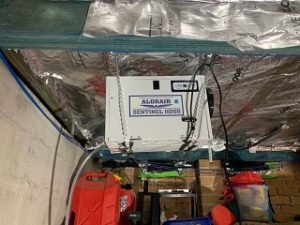
Residential dehumidifiers are generally smaller, lighter in weight, and portable. They are often designed to remove moisture within limited spaces, and therefore their capacities are usually low. Additionally, they are relatively quiet while operating and have a stylish outlook, which can complement your décor in the living room or any other room for that matter.
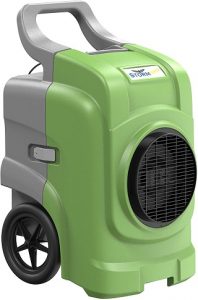
On the other hand, commercial or industrial dehumidifiers are often bigger and heavier, though still portable. Usually, they have a higher capacity than residential dehumidifiers and high moisture absorption rate. Depending on a consumer’s preference, or the environmental conditions where it is to be used, one can choose between an industrial dehumidifier made from heavy-duty plastic or steel.
Is It Possible To Use A Commercial Dehumidifier My Home?
As silly or irrelevant the question may seem, it is valid and anyone who is planning to acquire a dehumidifier is justified to ask.
Back to the question, the answer is both Yes and No. It boils down to your preferences and your financial ability.
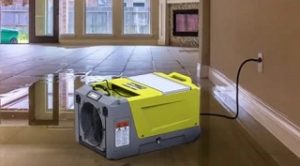
If you do not mind the rugged exterior which is characteristic of the industrial dehumidifier, then you can use it in your homes. That is because it performs the same primary function that any other dehumidifier would, which is, to regulate air moisture.
It is common for homeowners to use them in large crawlspaces such as basements and garages. The moisture content of such areas is often very high, more so if there are leakages in the plumbing fittings or if the septic tank was constructed below the house.
While some people may support the idea of acquiring a residential dehumidifier to use in such places with high moisture, it may be ineffective in the long run since they have low moisture removal capacity. Nonetheless, one crucial factor that may guide you in selecting the right dehumidifier that will suit your need is the size of your room in cubic feet.
And What Is Their Difference Regarding Water Removal Capacity?
Moisture removal capacity of dehumidifiers is measured regarding pints of water it can remove within the 24-hour duration. While purchasing, you may realize their capacities are indicated as 70 PPD for example. That means that the dehumidifier can remove 70 pints of water per day.
Generally, industrial dehumidifiers have larger capacities. Some are designed with capacities of up to 280 PPD while most residential dehumidifiers have sizes ranging between 40-60PPD.
However, you can also find residential dehumidifiers having larger capacities than industrial ones. The difference, in this case, will be the resistance of the dehumidifiers to a different environment. An industrial dehumidifier is always more sturdy and can withstand harsher environmental conditions.
Other notable differences include:
Water Storage
For a person seeing these devices for the first time, the mechanism of water storage can be the basis of determining whether it is an industrial or a residential dehumidifier. Most residential dehumidifiers are designed with water storage containers, which are emptied when full. On the other hand, most industrial dehumidifiers come with hose pipes used to channel water directly to external drains.
Further Reading
Even though dehumidifiers are broadly classified as either residential or industrial, it does not necessarily mean that you should prefer one over the other. A better way to determine the one which suits your needs is first to establish the intended purpose of the dehumidifier. Using this criterion, they can be subclassified further as:
- Cleaning and restoration dehumidifiers.
- Crawlspace and basement dehumidifiers.
- High-pressure washers.
- Air Movers.
- Air Scrubbers.
- Special technology dehumidifiers (Super Low Grain Refrigerant dehumidifiers ).
Special technology dehumidifiers are new entrants to the market that use unique technology for moisture removal. For instance, the SLGR (Super Low Grain Refrigerant) has been designed with a unique air-to-air heat exchanger with a Microchannel condenser. It, therefore, has very high moisture removal efficiency despite its small size.





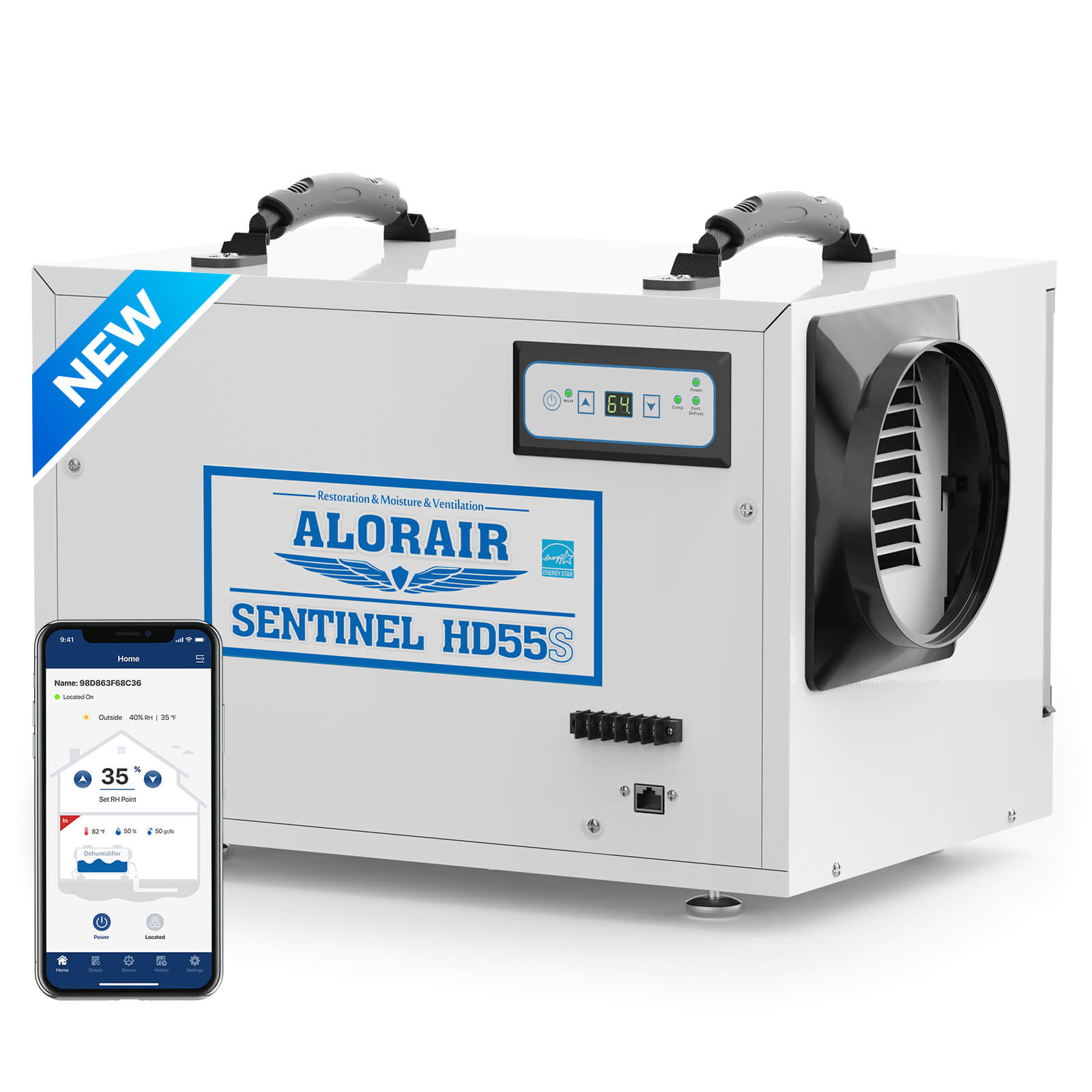
-(1).png)
.jpg)
.jpg)
.jpg)

.jpg)

.HDi90.png)
.HD90.png)



.jpg)
.jpg)
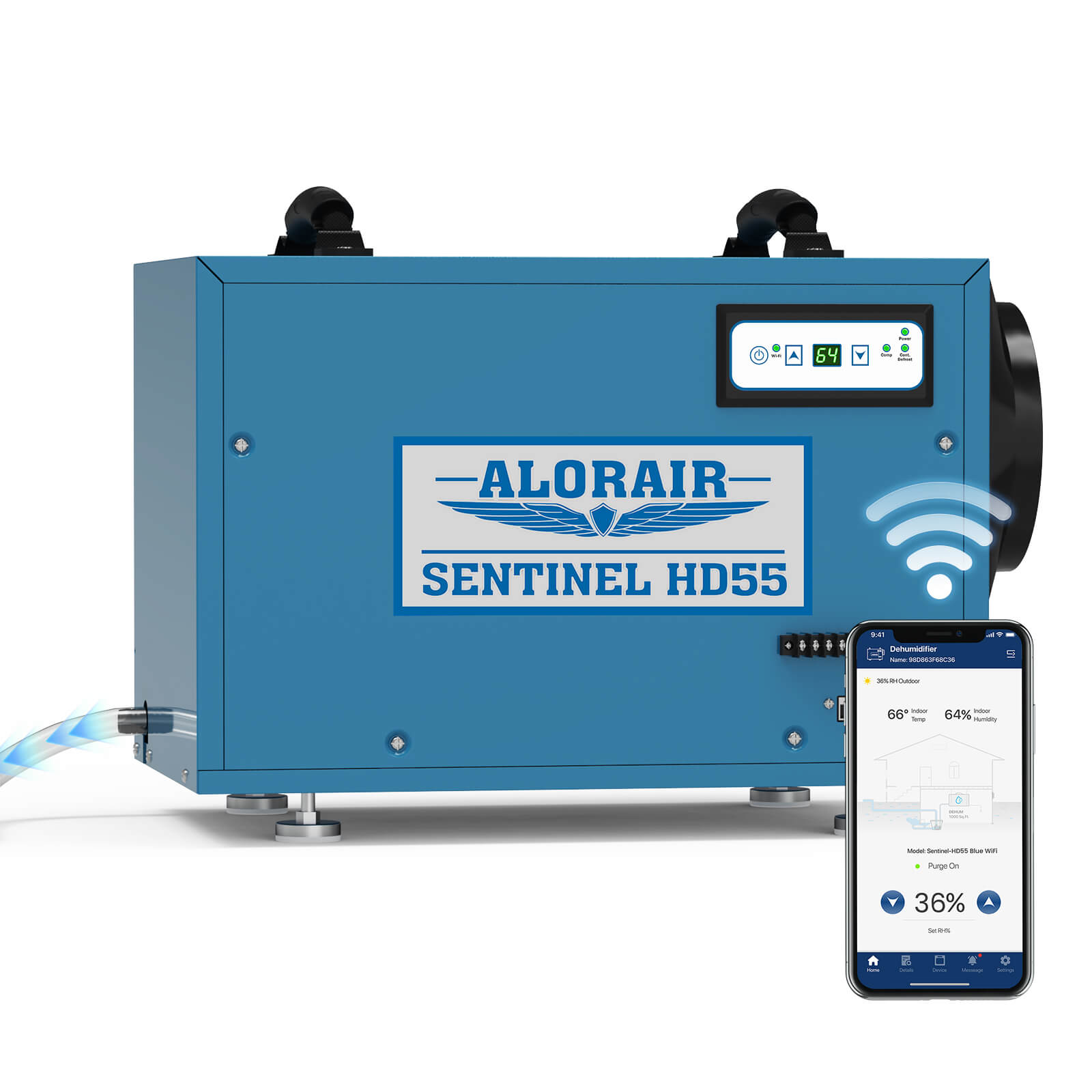
.jpg)
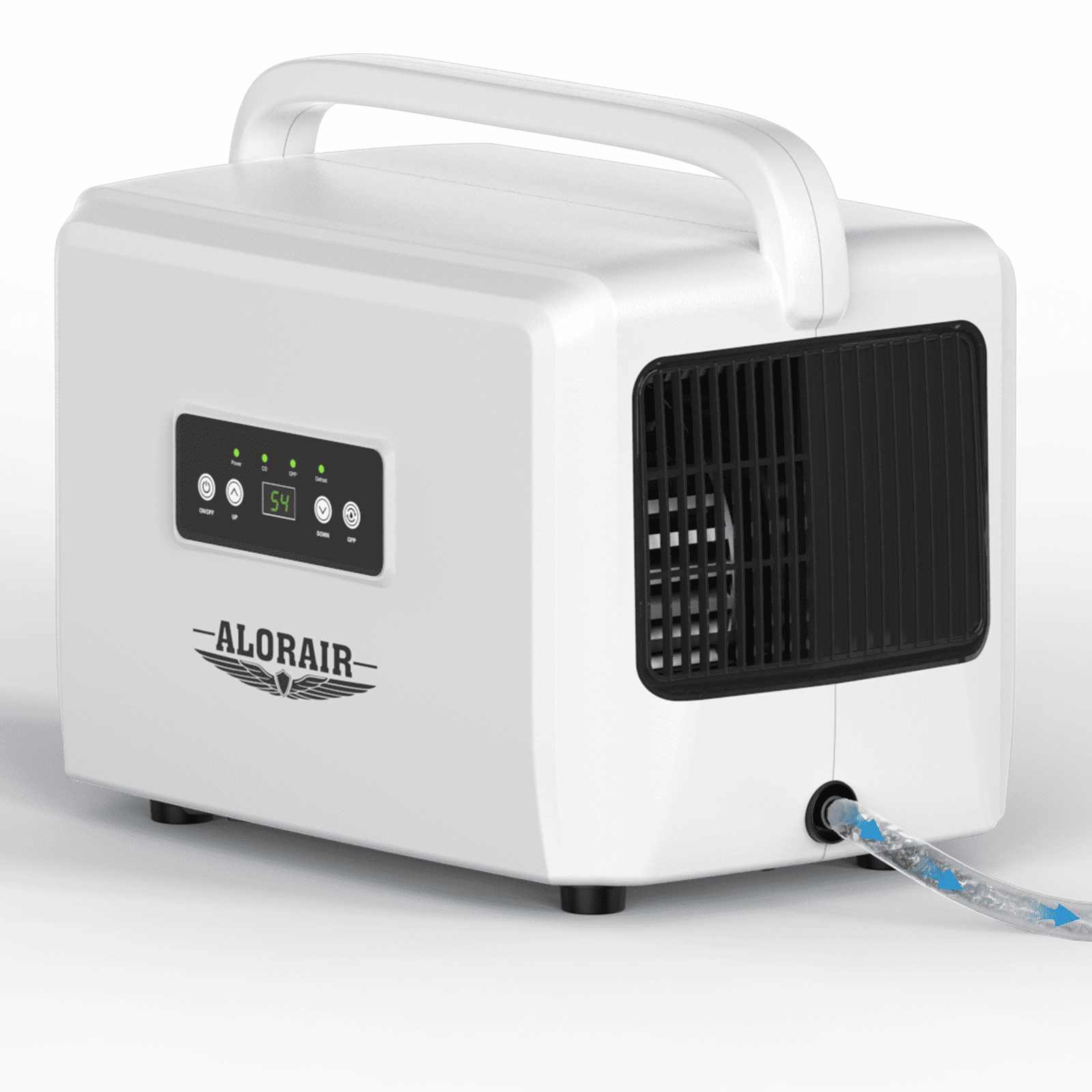
.jpg)
.jpg)




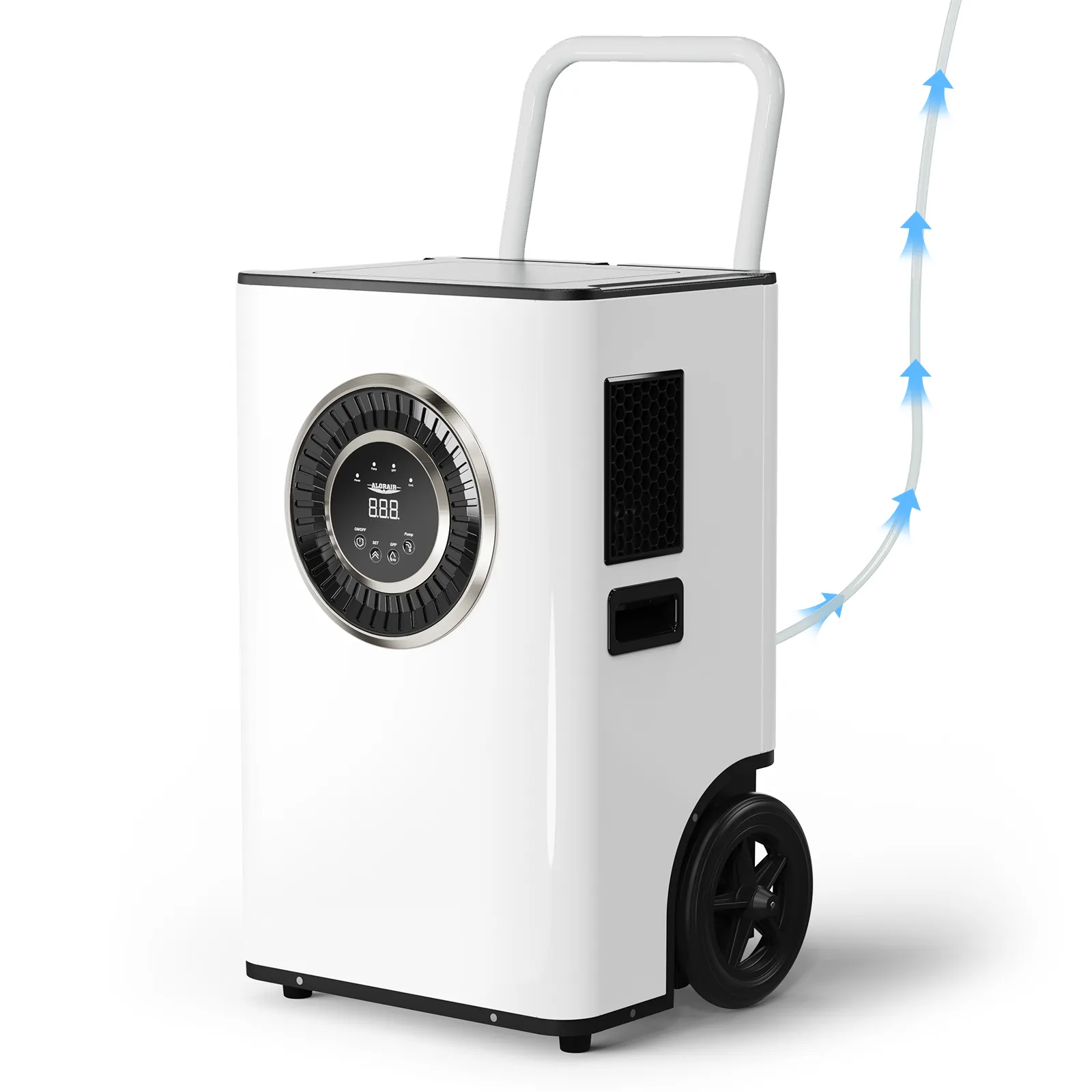
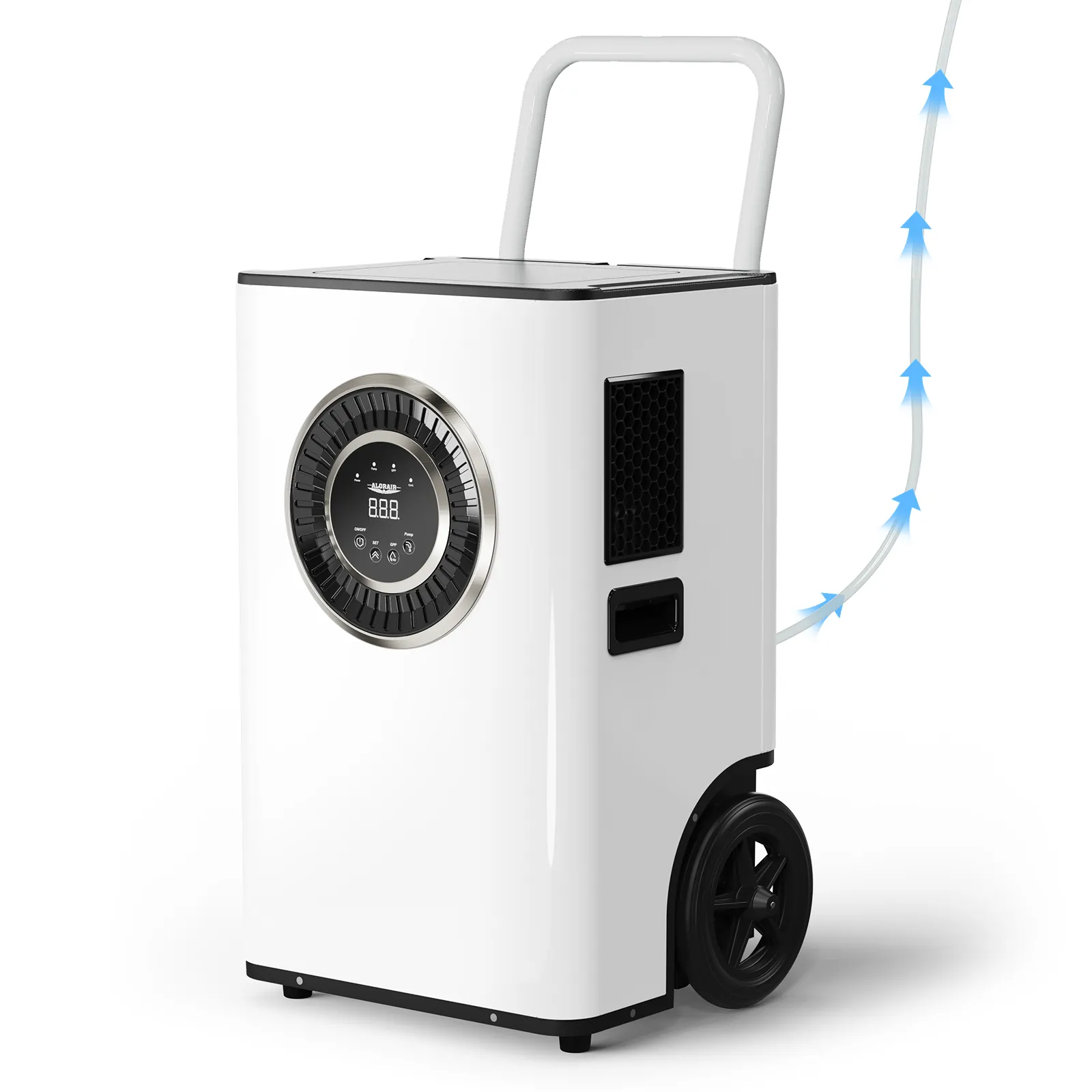
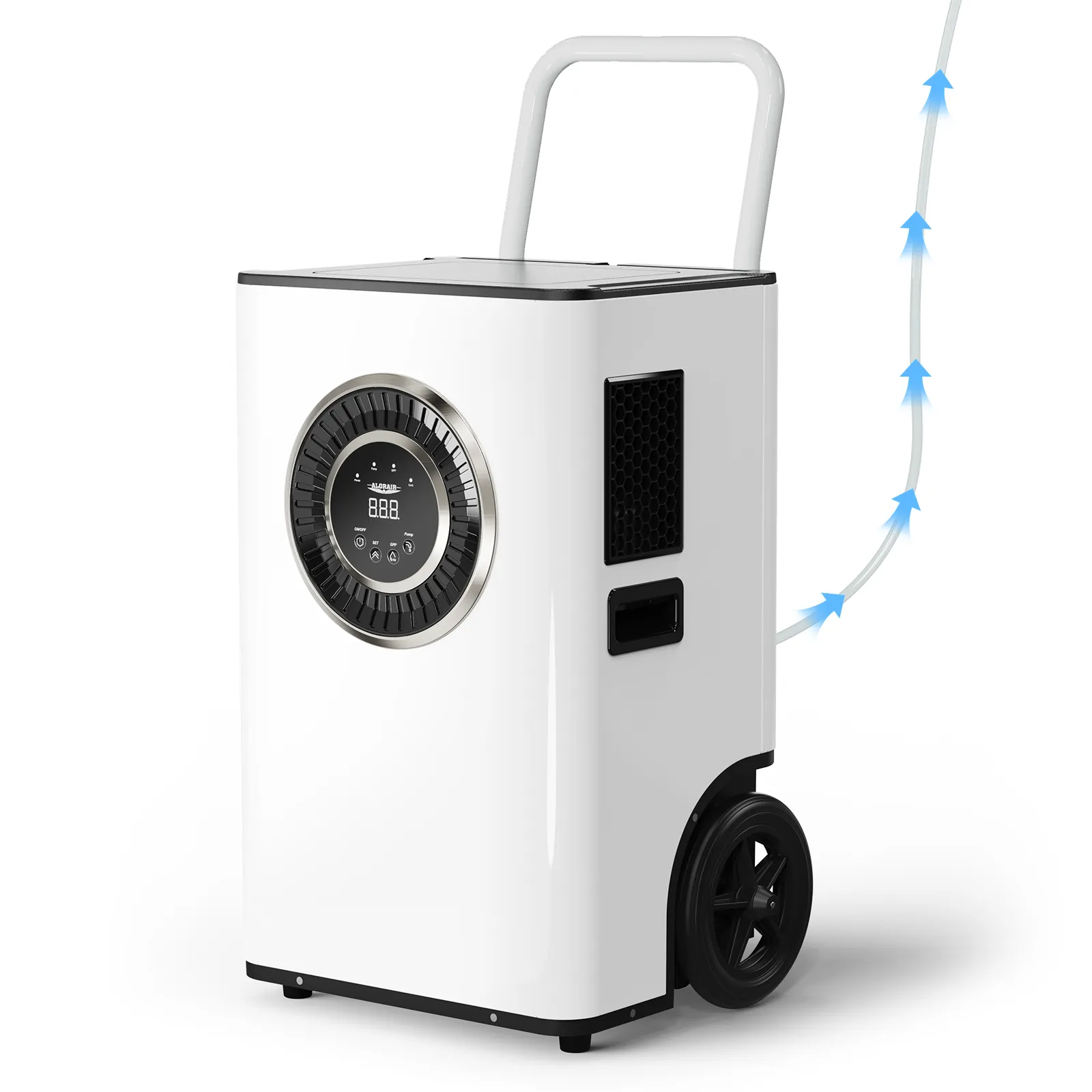
.jpg)
.jpg)
.jpg)
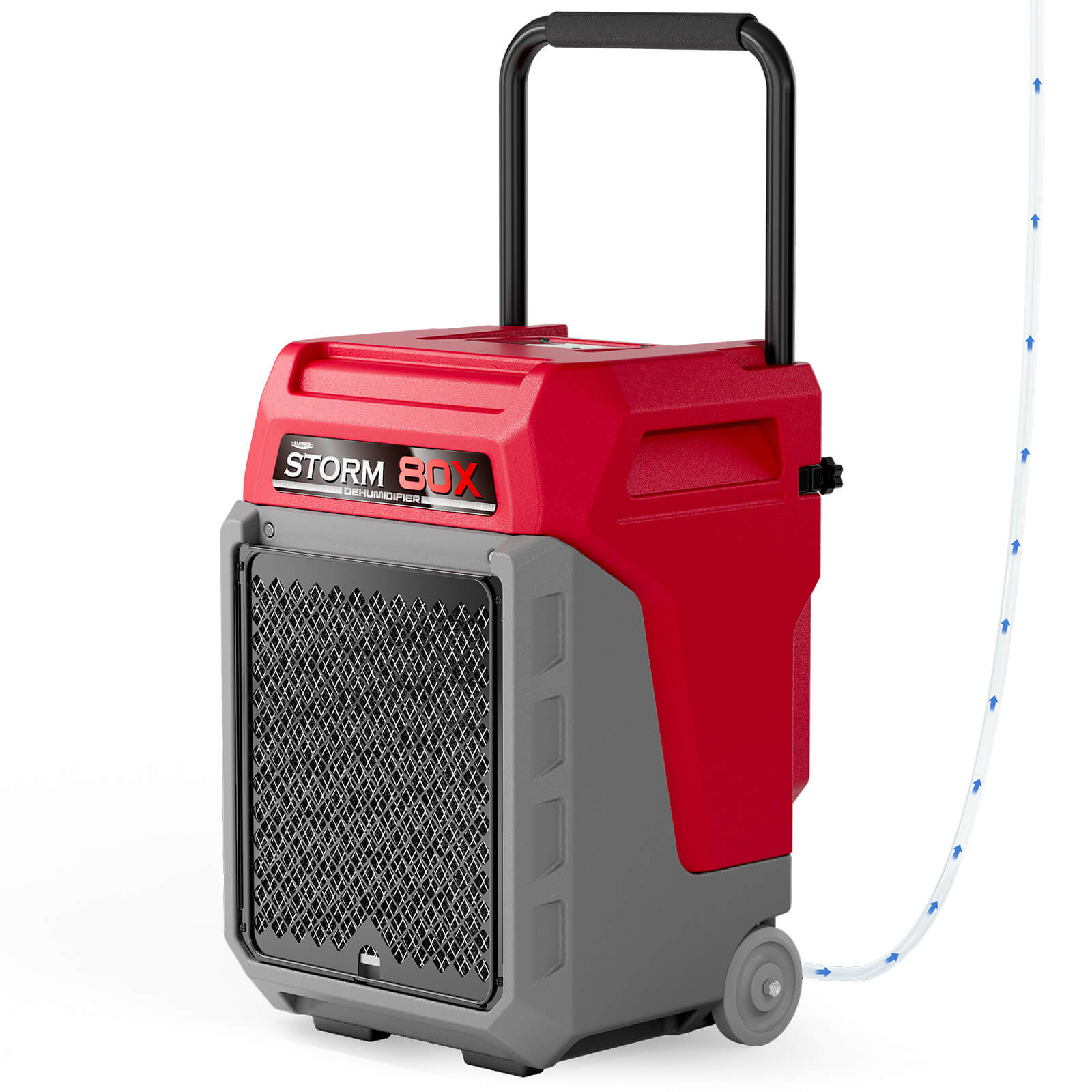


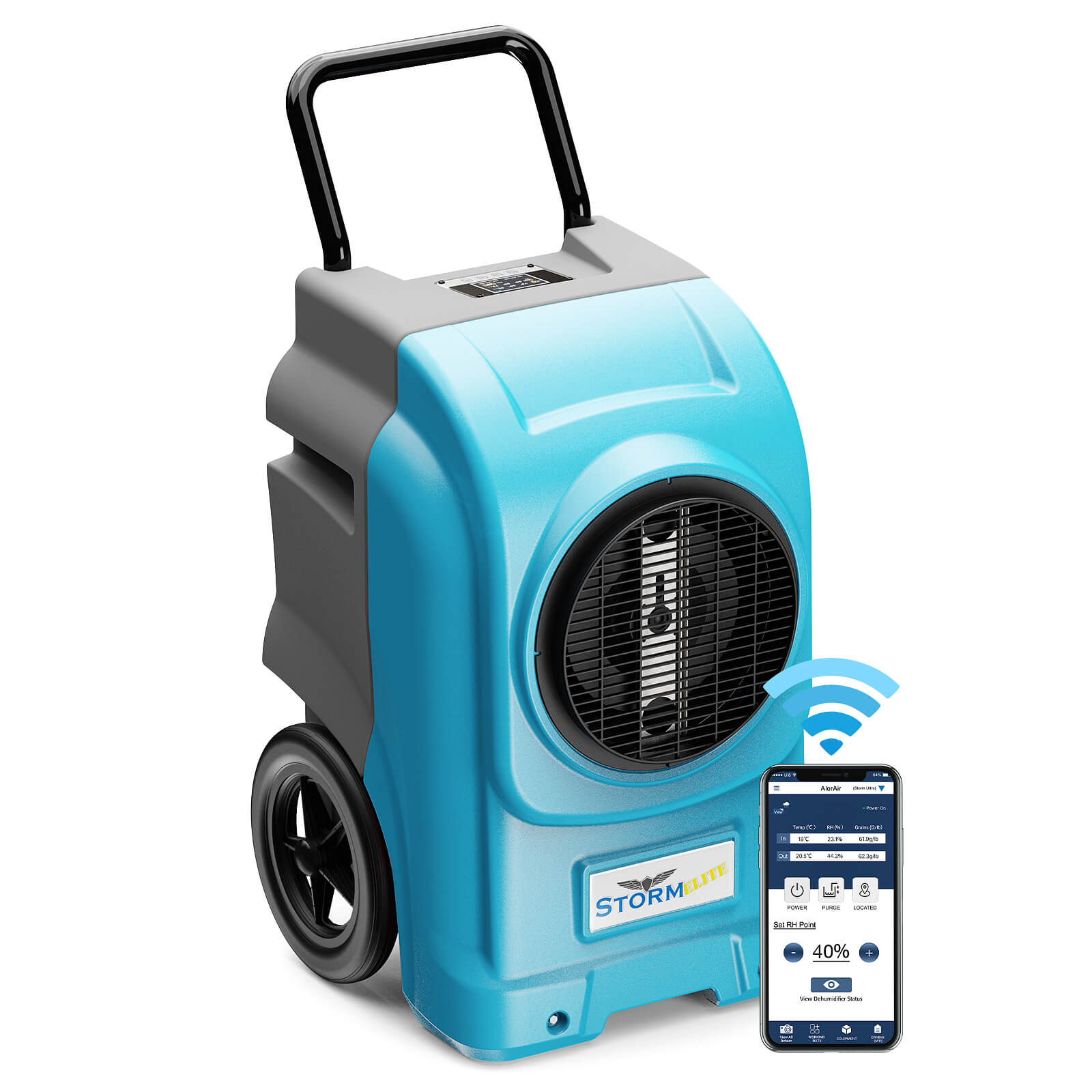

.jpg)
.jpg)
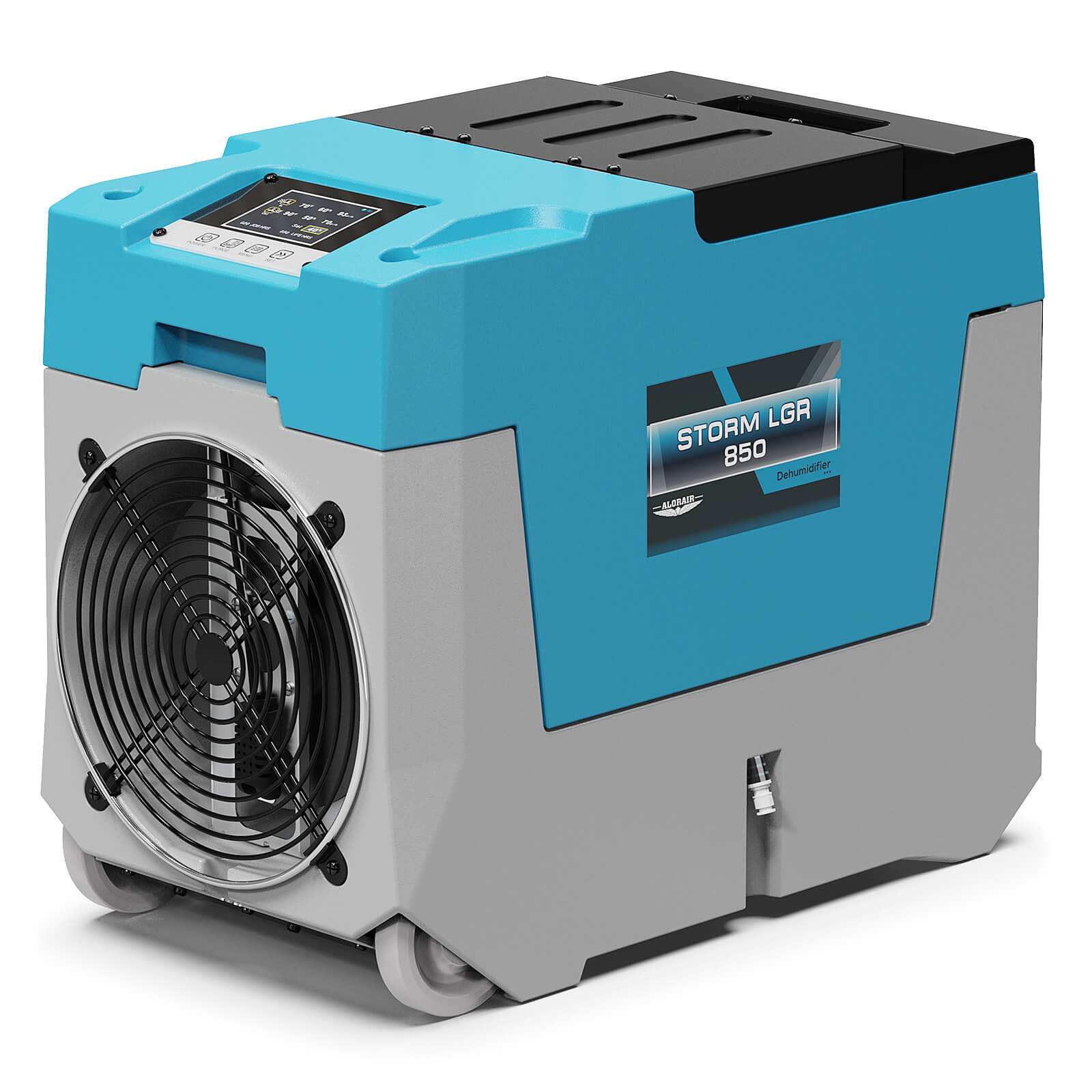

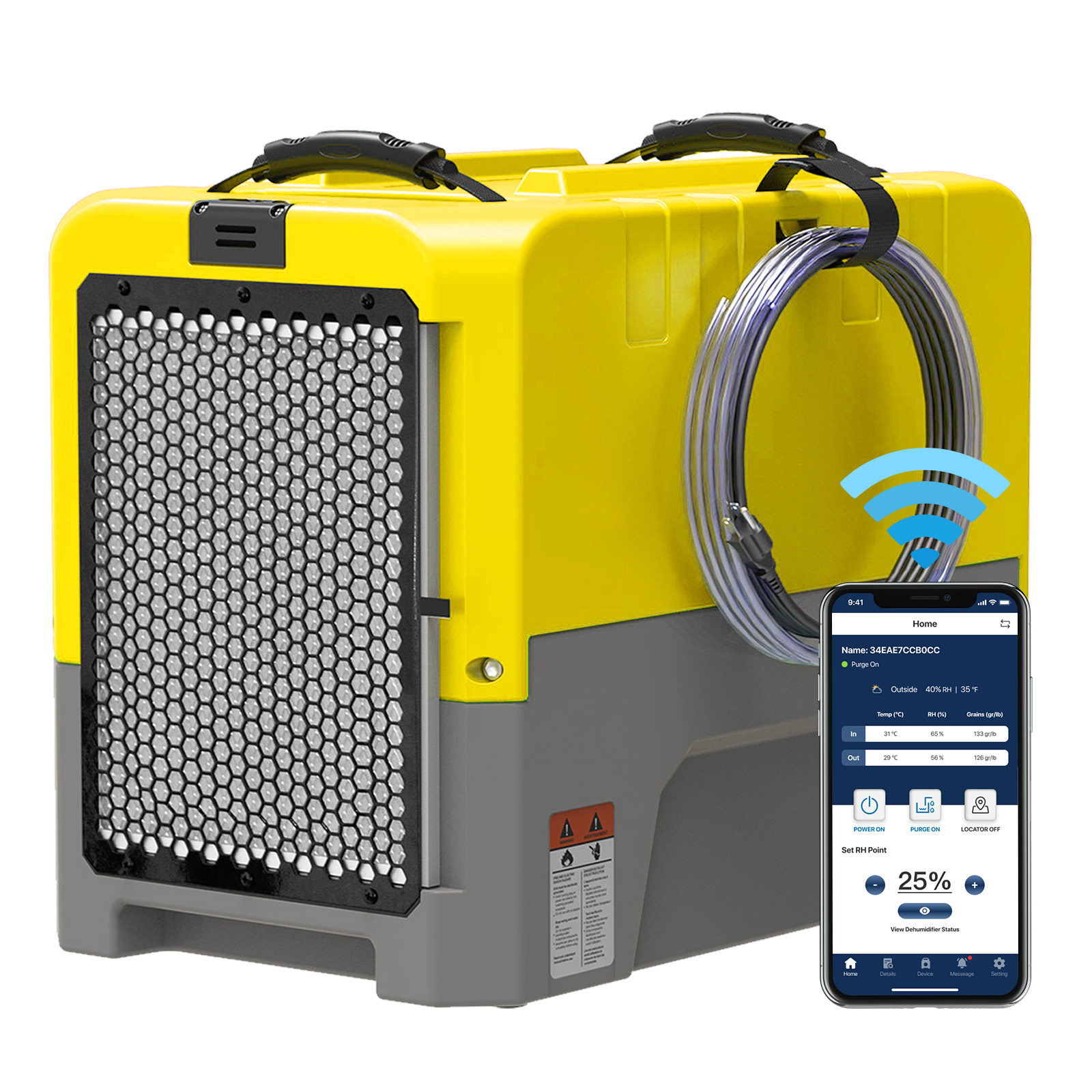








.jpg)
.jpg)








.jpg)
.jpg)










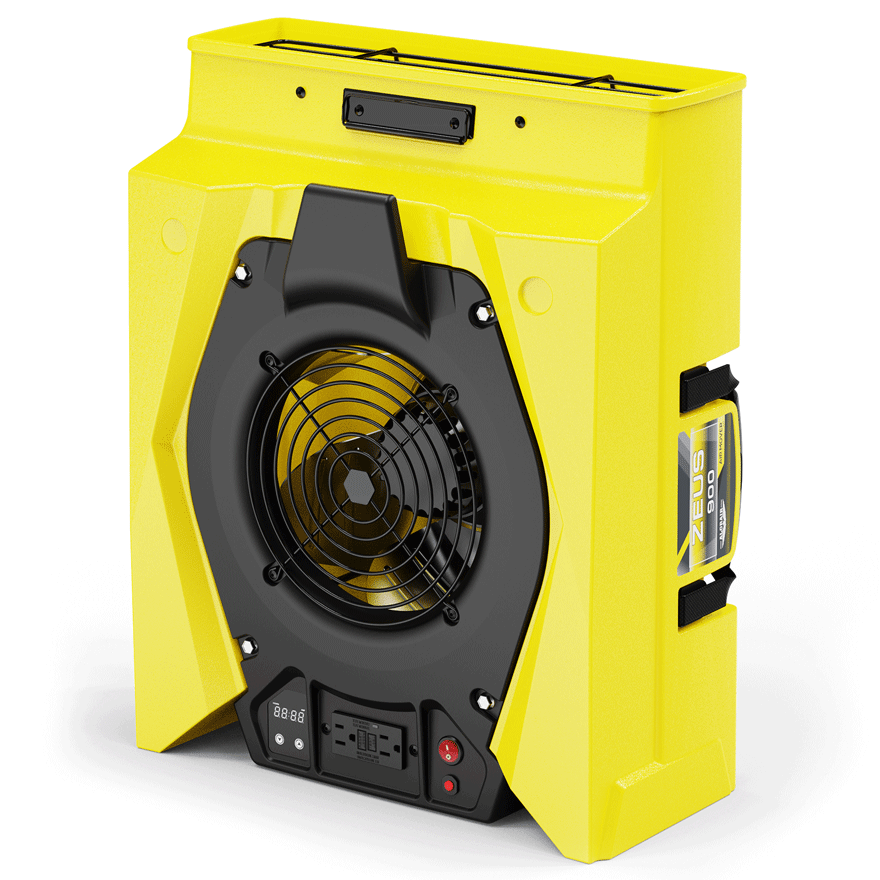
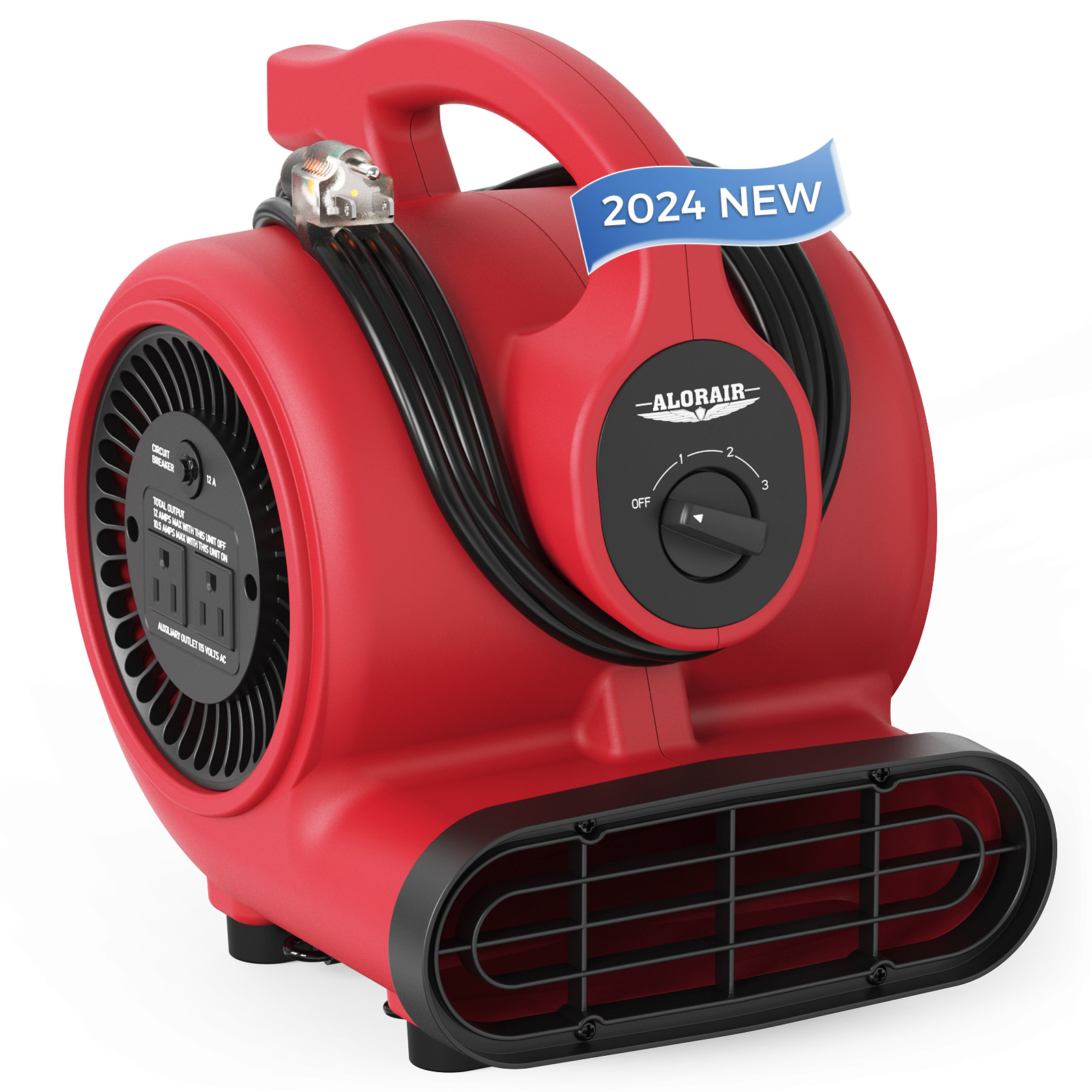
.webp)
.webp)
.webp)
.webp)
.jpg)
.jpg)
.jpg)
.jpg)
.jpg)
.jpg)
.jpg)
.jpg)
.jpg)
.jpg)
.jpg)
.jpg)
.jpg)





.jpg)
.jpg)
















-.jpg)
.jpg)

.jpg)
.jpg)




























 Exclusive offers
promotions
Exclusive offers
promotions


I had a sentinel hd55 which I was happy with but gave it to someone who had a moisture issue in the basement
I need another one for a crawl space that gets very humid. Should I get another hd55 or consider the hd 55 commercial?
Thanks
Hi John, Thank you very much for your review and your support of our products. All of our HD 55 series dehumidifiers are commercial dehumidifiers that can be used in many applications such as flood recovery, furniture drying, carpet drying, laundry room drying, painting projects, garages, warehouses, basements, crawl spaces, stores, restaurants, bars, museums, gymnasiums, computer rooms, basements, offices, labs, food storage, etc.
We also sell dehumidifiers on eBay and right now we have a special offer where you can buy any color HD55 for 10% off.
There are the links:
https://www.ebay.com/itm/194313168708
https://www.ebay.com/itm/194290970967
Can you explain to me in laymen terms why a 1500sq foot residential 50pint dehumidifier can collect (a bucket) gal of water over 8hrs, when a commercial HD dehumidifier only periodically dribbles out 2 cups of water over the same time period in a flooded basement. It is 78° in the area, not a warm environment (ac running). The two appliances are not running at the same time. Im doing a comparison of the two.
Hi Pam, Comparison of two dehumidifiers, first of all, to confirm that the two machines are the same amount of dehumidification (dehumidification amount labeled in the same working conditions), dehumidification amount of high and low affects the dehumidification capacity. Secondly, to be in the same environment, the environment of the temperature, humidity level also affects the dehumidifier dehumidification effect.